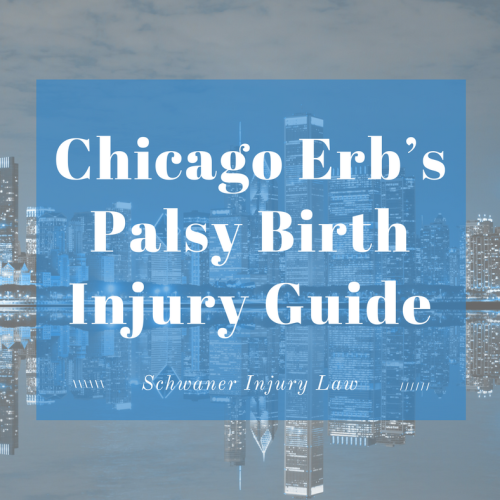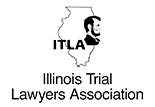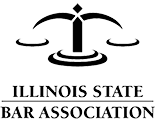
Erb’s Palsy Birth Injury Guide – Erb’s Palsy Injury in Chicago, IL
This is an Erb’s Palsy Birth Injury Guide for Chicago, IL. According to statistics, approximately two to three of every 1,000 babies will be born with Erb’s Palsy.
The condition is more common than Down Syndrome, yet most parents have never heard of it, and there are very few resources available for those whose babies develop the condition.
Erb’s palsy is a brachial plexus injury that occurs when the brachial plexus nerves, which send signals to the arm, hands, and fingers, are stretched, torn or ruptured during childbirth.
Notably, it is almost always the result of medical negligence.
The injury occurs when a baby’s shoulders become stuck behind the mother’s pubic bone, usually because an obstetrician or other medical professional misjudged the size of the baby, and opted for vaginal childbirth when a Caesarean section would have been a safer, more appropriate call.
What Happens to Cause Erb’s Palsy?
Table of Contents
 When a baby becomes stuck in the birth canal, it puts pressure on the bundle of nerves known as the brachial plexus, which can be stretched, torn or completely separated from the spinal cord, resulting in varying degrees of disability.
When a baby becomes stuck in the birth canal, it puts pressure on the bundle of nerves known as the brachial plexus, which can be stretched, torn or completely separated from the spinal cord, resulting in varying degrees of disability.
If a baby is positioned awkwardly while passing through the birth canal, it can also put pressure on the delicate bundle of nerves, a risk that is more common with small mothers.
While any baby can potentially be at risk of experiencing an Erb’s palsy injury, babies born breech are especially at risk because the arms need to be pulled over the head so that he or she can fit through the birth canal, a maneuver that can cause significant damage, especially if done hastily or improperly.
Brachial plexus injuries can be exacerbated if a doctor attempts to use an assisted birthing device such as vacuum extraction or forceps to help speed up the birth process if the delivery is difficult.
If injuries occur, doctors will often attempt to minimize the damage, which can make recovery from the injury even more difficult.
One father whose daughter suffered from Erb’s palsy was told, “This happens from time-to-time. It will be fine in a few days.” Those few days passed and there was no change, but they were sent home with no further instructions than to see their pediatrician.
As soon as their pediatrician saw their baby, however, the doctor recognized Erb’s palsy, and immediately referred the family to a neurosurgeon. There, after a few weeks of physical therapy yielded no results, they learned that immediate surgical intervention was the best chance their baby had to experience mobility in her disabled arm.
What Types of Erb’s Palsy Are There?
There are several different types of brachial plexus injuries, each of which can lead to Erb’s palsy, including:
- Neurapraxia. This injury occurs when the brachial plexus nerves are stretched, causing significant levels of pain. Neurapraxia can heal on its own, usually within three months, and most children will develop normally with a full range of motion.
- Neuroma. Also an injury caused by stretching, neuroma results in scar tissue that will permanently damage the stretched nerve. Physical therapy or surgery to remove scar tissue, which weighs down the delicate nerves so they cannot function normally, can lessen the degree of disability.
- Rupture. When a nerve is stretched beyond its limits, it tears, resulting in an injury that will require a wealth of different treatment options – grafting healthy nerves from a different area of the infant’s body, for example – to help restore some feeling and flexibility to the damaged nerves. The arm, hand and fingers will likely never resume normal function.
- Avulsion. An avulsion, the worst type of Erb’s palsy, occurs when the nerve is torn completely away from the spinal cord, ending the transmission of signals from the brain to the arm. The nerves cannot be reattached, and paralysis is the most common outcome, although some babies have seen some improvement in range of motion after undergoing nerve grafts.
Erb’s Palsy: The Symptoms
While each birth trauma will be different, early intervention is important to ensure the best possible outcome, no matter the severity of your baby’s injury.
There are a wide range of treatment options available, and treatment that occurs during the first year of life can result in a more successful outcome.
The common symptoms associated with Erb’s Palsy include:
- A limp arm or arms, which usually is noticeable immediately after birth.
- A lessened range of motion in the hands or arms.
- The baby has a limited grip strength, which is almost immediately noticed.
- The baby is unable to keep his or her elbow flexed, and there is no flexing response if the baby is startled.
If you suspect your child has Erb’s palsy, ask your pediatrician for a referral to a specialist in the field, who can then connect you to physical and occupational therapists, surgeons and other health care providers who specialize in brachial plexus injuries.
What Should I Do If My Child Develops Erb’s Palsy in Chicago?
If your child loses mobility and sensation in his or her fingers, hands and arms as the result of damage to the brachial plexus nerves during delivery, resulting in Erb’s palsy, it’s important to seek out the advice of an experienced attorney.
The right attorney – one with knowledge of medical malpractice laws and experience in dealing with them – can help you get the compensation you deserve to help cover the care your child will need to recover or manage his or her injuries, including surgeries, physical therapy, lost wages and pain and suffering.












